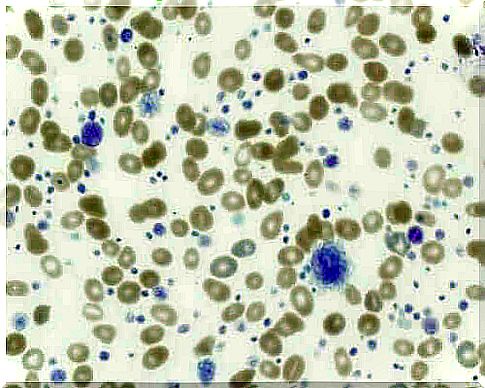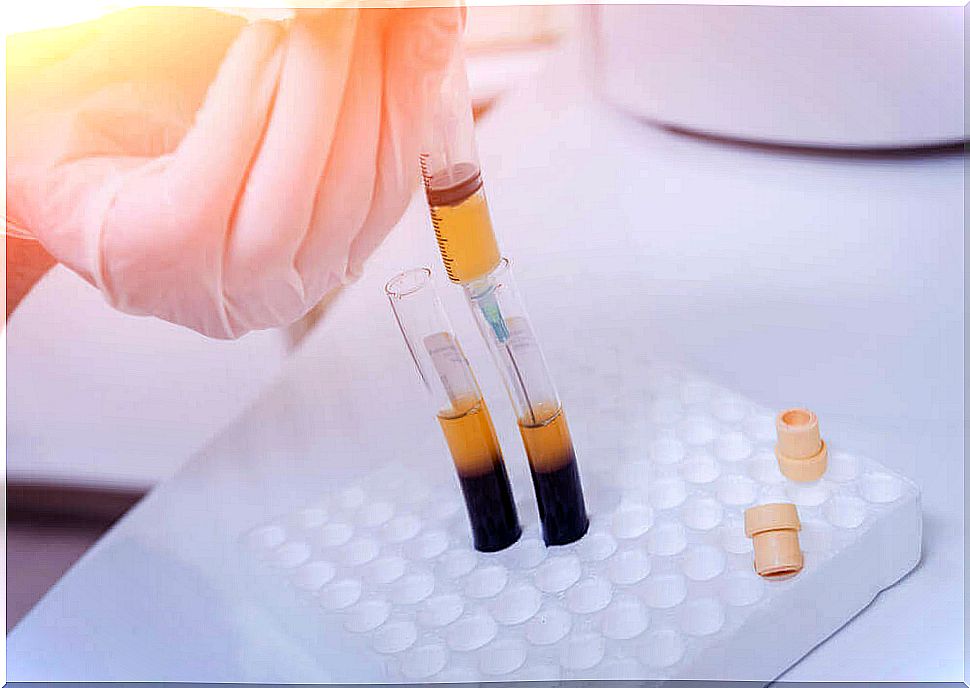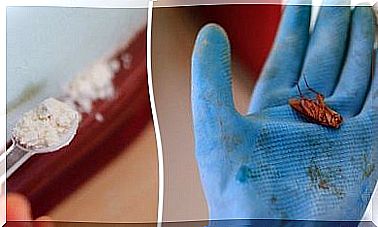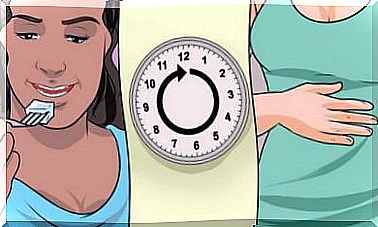Thrombocytosis: Symptoms, Causes And Treatment

Thrombocytosis is a disease characterized by a noticeable increase in blood platelets. Under normal conditions, the number of platelets is between 150,000 and 450,000 units for each microliter of blood. If the values are slightly higher or lower, they are still within the norm. If they far exceed the maximum value, it is called thrombocytosis.
Platelets originate in the bone marrow, from some cells called megakaryocytes, and are devoid of a nucleus and irregularly shaped. They play an important role in blood clotting, which is necessary to avoid bleeding.
For what has just been said, thrombocytosis is considered a disease of the bone marrow and blood. In addition, it is also known as thrombocythemia or platelet disease. Too many platelets in the body can cause serious health problems, such as heart attack or cerebrovascular accident, for example.
Types of thrombocytosis

There are two types of thrombocytosis: primary (or essential) and secondary. In the case of essential thrombocytosis, the medulla produces platelets abnormally, with no apparent explanation. Secondary thrombocytosis, on the other hand, is a consequence of other diseases, such as infections, cancer, anemia, etc.
Another way to classify thrombocytosis is to distinguish it into three groups: congenital, acquired and pseudothrombocytosis. The congenital one arises from hereditary factors and is present at birth. Those acquired are divided into two groups:
- Primary: corresponds to essential thrombocytosis and is defined as a myeloproliferative neoplasm, caused by genetic mutations. In many cases, it is not known why this disease occurs.
- Secondary or reactive: it is a consequence of other diseases. Corresponds to 85% of diagnosed cases; more than half of these are due to infections.
Pseudothrombocytosis, on the other hand, corresponds to cases of false positives. There are circumstances where certain cytoplasmic fragments are confused with platelets, resulting in a diagnostic error.
Symptoms
In most cases, the disease is asymptomatic. It is usually spotted accidentally, following a blood count. When the disease is primary or essential, some symptoms sometimes occur such as headache, chest pain, nausea, weakness, blurred vision or visual perception of spots.
Fatigue, night sweats, and weight loss are common. The clinical suspicion grows if, in addition, there are antecedents of spontaneous abortions in the first trimester of pregnancy, splenomegaly or thickening of the spleen, bleeding and hypertension.
Erythromelalgia is also very common in cases of essential thrombocytosis. It is a vasodilation of the arteries of the hand and feet that causes an increase in the temperature of the limbs, as well as itching, pain and erythema.
Causes of thrombocytosis

Everything suggests that essential thrombocytosis is caused by an acquired, or not inherited, somatic mutation. In 50% of cases, there are mutations of the JAK2 genes. In another significant number of cases, there are mutations in the CARL gene. There have also been cases of mutations in the MPL, THPO and TET2 genes.
Many of these genes are responsible for the production of proteins, which greatly affect the division of blood cells and, in particular, platelets. It is commonly believed that the mutation produces the symptoms of essential thrombocytosis, but it is not yet known how this process occurs.
Furthermore, in many cases, no mutation is observed and, therefore, it is completely unknown what the cause of the primary form of the disease may be. As for the secondary form, it is due to the basic diseases already mentioned.
Treatment
Essential thrombocytosis does not need treatment, provided it remains stable and has no symptoms. Sometimes your doctor may recommend taking aspirin daily to prevent blood clots.
If you have a history or risk of cardiovascular disease, it is likely that you will be prescribed drugs to lower the number of platelets. This type of surgery is desirable even if the patient is over 60 and the platelet count exceeds one million.
In the case of the secondary form, the treatment consists of controlling the disease that produces the thrombocytosis. A procedure called thrombocytoapheresis or platelet apheresis is used only in emergencies. It consists of a filtering of the blood, similar to dialysis.









